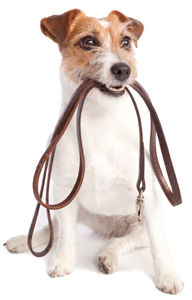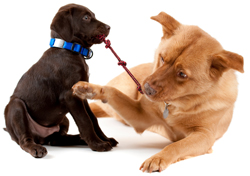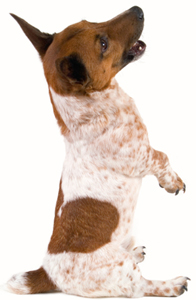 If you’re new to dogs, or even a seasoned pet owner you will hear about the wonders of clicker training from various sources. Your neighbors, friends, co-workers, groomer and even veterinarian may recommend it, mention it, or talk openly about it. Confusion abounds in the dog world when it comes to clicker training, so how will you know exactly what it is and how it can help you? This method of training is incredibly simple, anyone can become great at it, and it’s a scientifically proven method of communicating with and teaching your canine companion!
If you’re new to dogs, or even a seasoned pet owner you will hear about the wonders of clicker training from various sources. Your neighbors, friends, co-workers, groomer and even veterinarian may recommend it, mention it, or talk openly about it. Confusion abounds in the dog world when it comes to clicker training, so how will you know exactly what it is and how it can help you? This method of training is incredibly simple, anyone can become great at it, and it’s a scientifically proven method of communicating with and teaching your canine companion!
Based on Science
Ivan Pavlov is a popular name used commonly amongst animal trainers. He was a scientist that brought learning, teaching, and conditioning into the scientific community and made understanding animal training far easier for the everyday animal lover. Through his experiments with dogs, he was able to discover that animals can make automatic associations between one unrelated thing, such as the sound of a bell, to the positive outcome of a bite of food. These are known as Pavlov’s dogs, and he proved that a dog could become ready and expectant of a bite of food from the sound of a bell, simply through operant conditioning.
Continue Reading→


 As a passionate dog owner myself, I wholeheartedly understand the unwavering commitment we have to provide our furry companions with boundless love, unwavering care, and a haven of safety. It was during one such moment, with my beloved pup by my side, that I first encountered the unsettling reality of aggression.
As a passionate dog owner myself, I wholeheartedly understand the unwavering commitment we have to provide our furry companions with boundless love, unwavering care, and a haven of safety. It was during one such moment, with my beloved pup by my side, that I first encountered the unsettling reality of aggression.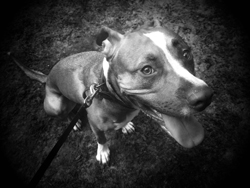 As crucial as dog training is for your pet’s social development, it’s also a task that can be extremely frustrating to commit to long-term as an owner. It’s perfectly normal to feel like you want to throw in the towel on days that are particularly hard for your dog to stay focused and listen, but that’s the biggest mistake you could make. Without consistency, dedication and patience, you can’t expect your dog to learn correct behaviors and get rid of the ones that drive you crazy (jumping, digging, barking, chewing, leash pulling, etc.) and can be dangerous (aggression, biting, growling, etc.). Addressing these unwanted actions and turning them around will take a while, but in the end, you’re sure to see it’s well worth the investment of your time. Below are a few tips for handling your dog’s training in a positive way, even when frustration begins to set in.
As crucial as dog training is for your pet’s social development, it’s also a task that can be extremely frustrating to commit to long-term as an owner. It’s perfectly normal to feel like you want to throw in the towel on days that are particularly hard for your dog to stay focused and listen, but that’s the biggest mistake you could make. Without consistency, dedication and patience, you can’t expect your dog to learn correct behaviors and get rid of the ones that drive you crazy (jumping, digging, barking, chewing, leash pulling, etc.) and can be dangerous (aggression, biting, growling, etc.). Addressing these unwanted actions and turning them around will take a while, but in the end, you’re sure to see it’s well worth the investment of your time. Below are a few tips for handling your dog’s training in a positive way, even when frustration begins to set in. 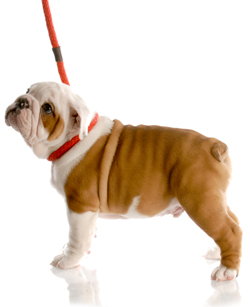 Do you have a puppy and are worried they might get out of control at some point? You should consider having them trained. In fact, the earlier the training starts the better it is for the puppy.
Do you have a puppy and are worried they might get out of control at some point? You should consider having them trained. In fact, the earlier the training starts the better it is for the puppy.
